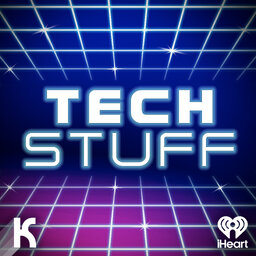How Apple Survived the PC Wars: Part Two
After introducing the Macintosh computer, Apple struggled a bit to ensure its future. As it continued to rely upon the sturdy Apple II platform, the company tried to forge a new path. How did it go?
Learn more about your ad-choices at https://www.iheartpodcastnetwork.com
 TechStuff
TechStuff


